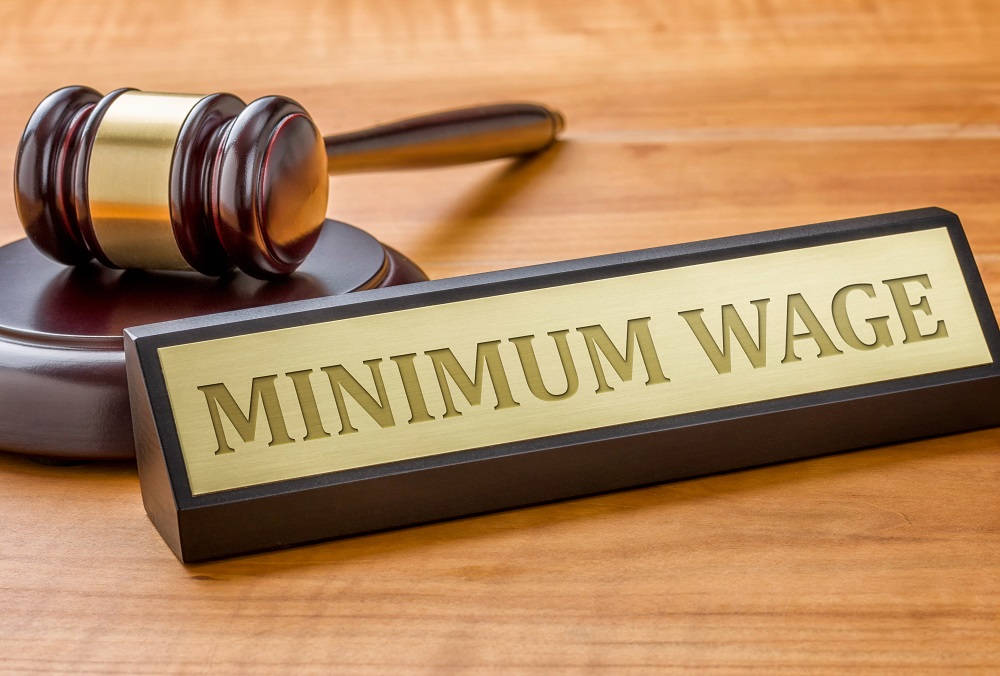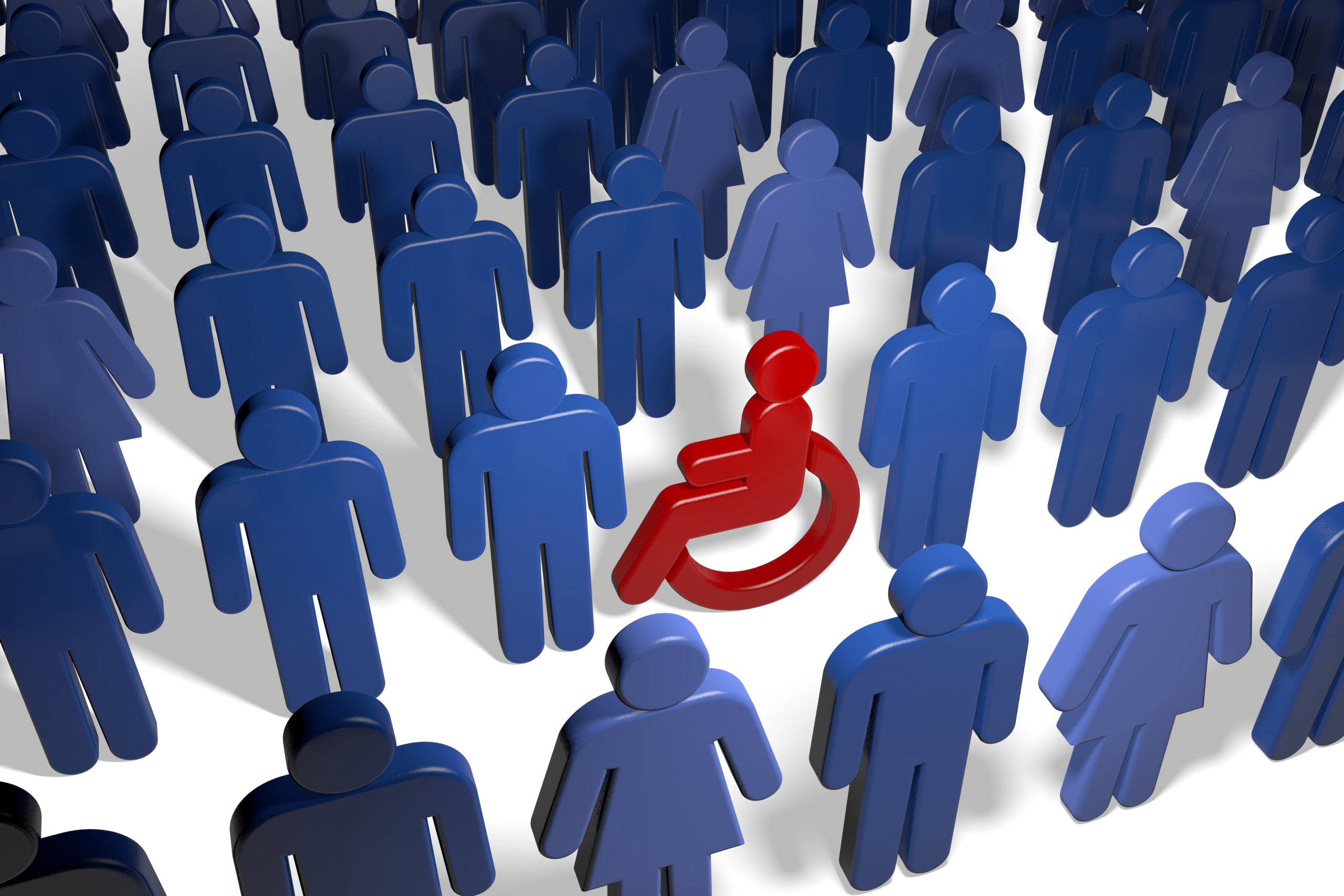One minute you’re driving home, and the next, you’re at the receiving end of a car accident. What’s worse, you’ve sustained injuries that have led to exorbitant medical bills and you cannot report to work because of your injuries. In order to receive just compensation for all the losses and suffering you’ve sustained, it’s best to file a personal injury claim.
You’ll have to file an insurance claim with either your insurer or the insurer of the at-fault party—but only after you’re done seeking primary medical attention. An insurance claim may be filed with your own insurer if it’s a first party claim, such as when the at-fault driver did not have insurance.
The insurance claim is the first step in seeking compensation for medical expenses, lost earnings, and other damages you’ve suffered as a result of the at-fault party’s negligence.
Once you’ve filed a personal injury claim with the insurer, you must be prepared to negotiate a settlement with a claims adjuster. A claims adjuster investigates insurance claims to assess the extent of the insuring company’s liability. He does this by interviewing the claimant and any witnesses, researching police and medical records, and inspecting any property damage.
If you decide to accept the insurance company’s settlement offer, then the claims process will end at this point. On the other hand, if the settlement offer is inadequate (as it often is), you may reject the insurance company’s offer and file a personal injury lawsuit with the help of a personal injury claim lawyer.
Listed here is a step-by-step breakdown of the personal injury claim process.
Filing a Personal Injury Claim
Notifying the Insurance Company
The first step in your personal injury claim will be to notify the at-fault party’s insurance company about the accident and the injuries you’ve sustained. Most insurance companies allow claimants to file their claims over the phone or by filling out an online form.
Remember to file your claim as soon as you can, as many insurers require you to file claims within 24 hours following an accident. Filing your claim effectively begins the settlement negotiation process.
The Reservation of Rights Letter
You will then receive a “Reservation of Rights” letter from the insurance company. This indicates that the insurance company plans to investigate your claim and will reach out to you to obtain more information. However, this doesn’t mean that they’re admitting to any liability for your injuries on behalf of the at-fault party.
Sending a Demand Letter
The next step in the insurance negotiation process is sending a demand letter. This letter should outline the basic facts of what transpired during the accident and the extent of your injuries. The Demand Letter should also itemize your damages, including medical bills, lost earnings, and out-of-pocket expenses. Such damages are known as “special damages” or “specials” for short.
Once you’ve calculated the total amount of your specials, you should multiply this amount by a number ranging from two to five to reflect your pain and suffering. This figure is known as your “general damages”. The combined amount of your special and general damages will be your total settlement demand.
Claims Adjuster’s Response
After you send your demand letter, you should receive a response from a claims adjuster at the at-fault party’s insurance company. The claims adjuster may contact you on the phone to discuss his or her initial offer or send you a written letter with the initial settlement offer. The claims adjuster will likely try to convince you that your claim is worth much less than your total settlement demand. They may also try to coerce you into accepting a lower offer right away by claiming that this is a one-time offer.
Rest assured that these are all negotiation tactics designed to lowball you into accepting a lower offer, and it’s important not to get rattled by these tactics. You should never accept a settlement offer that does not fairly account for your injuries, losses, and other damages. By making a lowball offer, the claims adjuster is testing to see if you lack the patience to negotiate a better offer. He is also trying to determine if you really understand how the personal injury claim settlement process works.
If you fail to receive a fair settlement offer, the next step is to reject the initial offer and make a counteroffer.
Making a Counteroffer
You can make a counteroffer by writing a letter to the claims adjuster stating that you cannot accept the initial offer. Tell the adjuster why you did not agree to the initial offer and reiterate how badly you were injured and how certain medical treatments were necessary.
When making a counteroffer, you should reduce your initial demand settlement, but not by too much. This will demonstrate that you’re willing to compromise and move the settlement negotiations forward.
Continue With the Negotiation Process
Upon making a counteroffer, the claims representative may not respond immediately. In this part of the process, patience is of the utmost importance. If you call the insurance adjuster before he or she makes the next offer, it will hurt you in the long term as it will let the adjuster know that you’re growing impatient.
The process may go on for several more exchanges until one of you buckles or a fair amount has been agreed upon.
Contact a Personal Injury Lawyer to Effectively Negotiate Your Claim
The insurance negotiation process is clearly a laborious and tiresome process. In order to receive the right compensation, persistence and patience are key. However, these qualities alone aren’t enough to win you the settlement you deserve. Considering the confusing, albeit effective, negotiation tactics insurance adjusters employ, it’s easy to cave in and be pressured into accepting an unsuitable settlement.
That is why it’s important to have an experienced personal injury attorney by your side to help you navigate each step in the negotiation process successfully. Los Angeles-based Mesriani Law Group’s experienced team of personal injury lawyers won’t allow your claim to be compromised by unscrupulous claims adjusters. By relying on their legal expertise, you’re more likely to be awarded the compensation you deserve.








